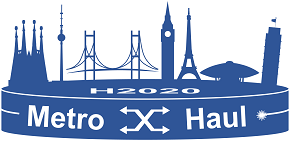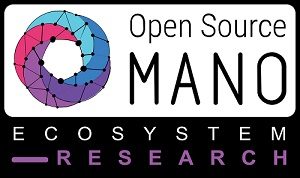The Metro-Haul Project in Overview
The €7.7 million Metro-Haul project, funded by the European Commission has a total of 20 partners from 7 European countries.
Recent estimates suggest that by the year 2025 over 1.4 billion users will be using 5G mobile connections to access high bandwidth services such as 4K video streaming, enhanced reality, and massive multi-player mobile gaming. This will put a lot of pressure on the network infrastructure.
The aim of the Metro-Haul project is to design and build a smart optical metro infrastructure able to support traffic originating from heterogeneous 5G access networks, addressing the anticipated capacity increase and its specific characteristics, e.g., mobility, low latency, low jitter etc. This infrastructure will also support a wide variety of services and use cases with special emphasis on services from various industries vertical to the ICT.
A key feature of the project will be to justify the need for new optics and flexible optical networks in the metro network in support of 5G services. We will need to understand the KPIs of 5G and measure the benefits of dynamic optical networking as an enabler of 5G applications. This will be highly dependent on the development of real 5G use cases and will require substantial techno-economic analysis of those use cases. Additionally, the project will select several of those use cases to build and demonstrate as proof of conceept. Initially, the project has identified two specific use cases for examination:
- Video security for Smart Cities
- Crowdsourced video streaming
Metro-Haul will coordinate the disparate elements of transmission, switching, networking, compute, and storage, orchestrating dynamic solutions for multiple 5G applications. Examination of network architectures will include examining various dynamic optical technologies (such as flexible grid optics), Software Defined Networking, and the concept of network slicing.
Among other outputs from Metro-Haul will be work in the open source community to produce SDN controller and orchestration software that provides a common base for all work on the projects and that is re-useable outside the project. There will also be a strong focus on dissemination of project results and on standardisation of relevant control plane and data plane developments.




